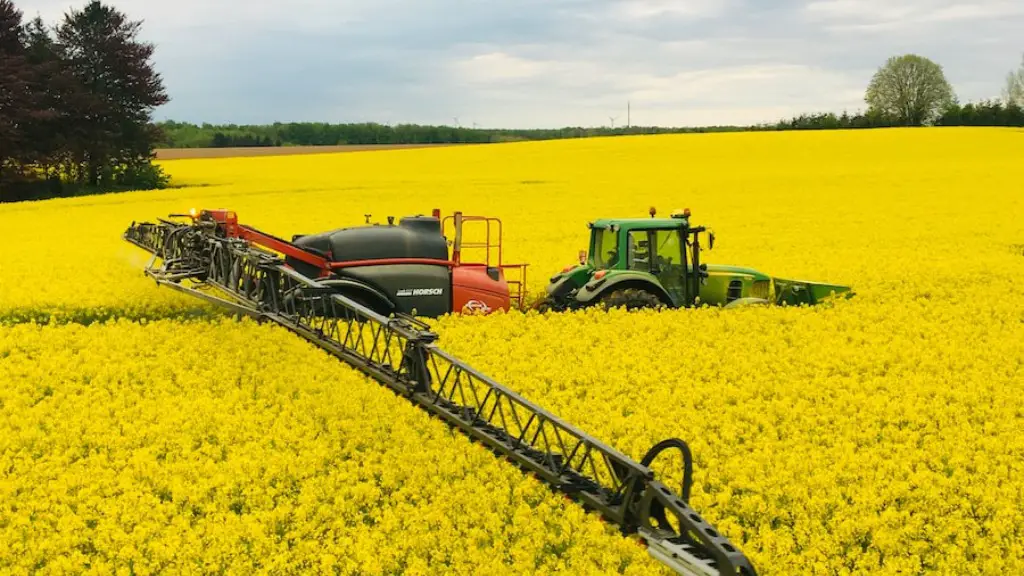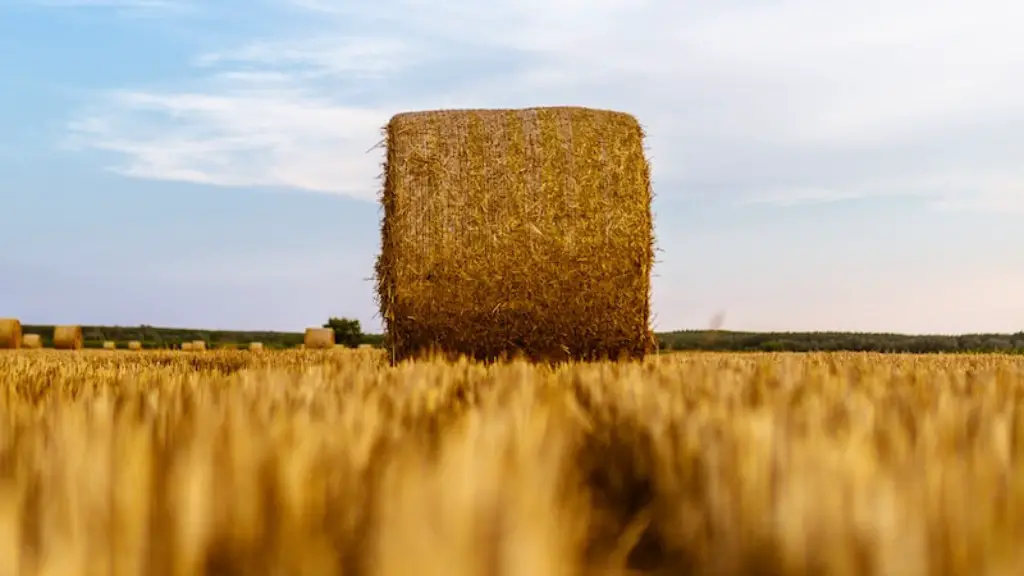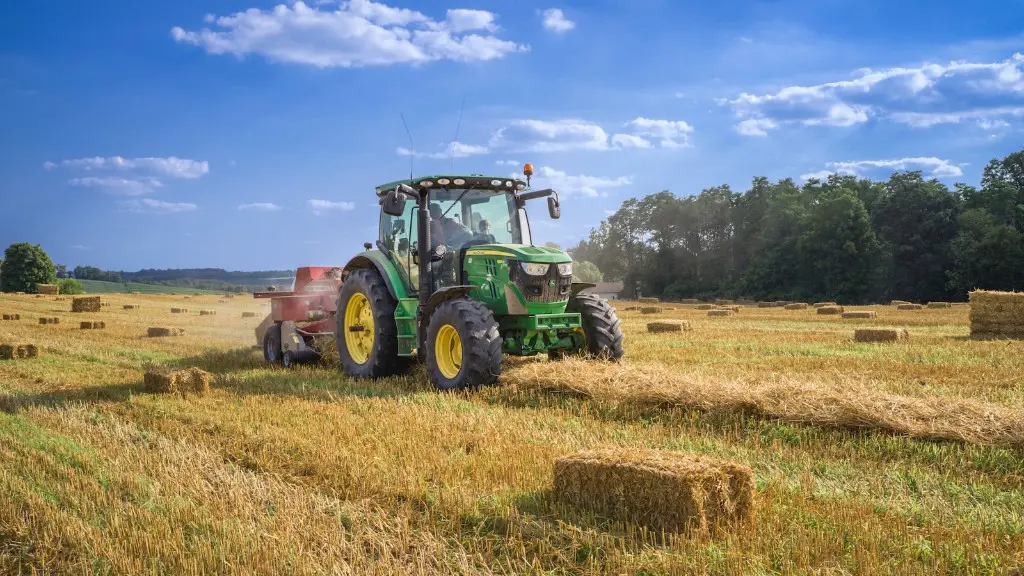Urban agriculture is a term used to describe the various types of agriculture that take place in urban areas. It includes the Production of food, the Processing and distribution of food, and the consumption of food.
Urban agriculture can be divided into two main types:
1. Food production that takes place within the city limits, such as community gardens, rooftop gardens, and urban farms.
2. The processing and distribution of food that is grown outside the city limits, but sold within the city. This can include farmers markets, food hubs, and food co-ops.
There are many benefits to urban agriculture, including food security, increased access to fresh and healthy food, and the creation of green spaces in cities.
There are many ways that urban agriculture can work, depending on the type of agriculture and the space available. For instance, hydroponic and aeroponic systems can be used in vertical farms, which are suitable for small spaces. Alternatively, community gardens can be created in vacant lots or backyards. There are many ways to make use of available space in an urban environment for agriculture purposes.
How do you do urban farming?
If you’re interested in starting an urban farm, there are a few things you should keep in mind. First, you’ll need to find training on the subject matter. There’s a lot to learn about running a farm, from creating a business plan to finding appropriate land and testing the soil. You’ll also need to learn the basics of production and ensure food safety. Additionally, it’s a good idea to research other urban farms in your area to get an idea of what’s possible. There are plenty of resources available for beginning farmers, so be sure to explore all your options before getting started.
Urban farming can be a very profitable enterprise if done correctly. The main benefits are easy access to markets, low overhead costs, and better growing conditions. These benefits can help offset any competition from native plants that may be present.
What is an example of urban agriculture
Rooftop gardens are becoming increasingly popular in urban areas as a way to reduce the heat island effect and improve air quality. These gardens can be used to grow vegetables, fruits, and herbs, and can provide a much-needed green space in an otherwise concrete jungle.
There are a few key differences between urban and traditional farming:
1. Urban farming is generally more space-efficient, making use of small spaces in cities rather than sprawling fields.
2. Urban farming often uses fewer water resources than traditional farming, due to more efficient irrigation methods and rainwater harvesting.
3. Urban farms tend to have shorter food miles, as they are located closer to consumers.
4. More sustainable packaging is often used in urban farming, such as reusable containers and local delivery.
5. Urban farming typically emits less greenhouse gases than traditional farming, due to lower transportation emissions and more efficient land use.
What are 3 benefits of urban farming?
Urban farming is a great way to add and preserve green space in cities. It provides a place for neighbors to come together, strengthen bonds, and build community cohesion. Urban agriculture also connects people with the earth and the source of their food.
Urban agriculture is a means to improve community health and reduce health inequities. It encourages civic participation in food system governance and offers citizens opportunities to explore concepts of food sovereignty within an urban setting.
Urban agriculture can take many forms, from community gardens and farmers markets to food policy councils and food hubs. Whatever the form, urban agriculture is a powerful tool for building healthier, more equitable communities.
Health inequities are stark in many urban areas, with low-income residents and communities of color disproportionately affected by diet-related diseases such as obesity, diabetes, and heart disease. Urban agriculture can help to address these disparities by providing access to fresh, healthy food.
Urban agriculture also offers opportunities for civic engagement and leadership development. Through their involvement in food production and distribution, residents can learn about topics such as food justice, food sovereignty, and sustainable agriculture.
In short, urban agriculture is a key piece of the puzzle when it comes to creating healthier, more equitable communities.
Can you make a living off urban farming?
This is a very interesting topic! I had no idea that the average urban farm only earned 54,000 a year. I found this article very informative and it helps explain why many urban farmers only earn a living from their farms.
Urban farming is a great way to get fresh fruits and vegetables, but it can be difficult to do in a city because of the limited resources and pollution. There are many challenges that come with urban farming, including resource scarcity, water availability, land availability, labour, accessibility, and environmental contamination. However, urban farming can still be a successful and rewarding experience if these challenges are taken into account. With careful planning and a bit of creativity, urban farmers can overcome these challenges and enjoy the benefits of urban farming.
Is urban farming a good idea
Urban agriculture can have a number of benefits for the surrounding community. It can help reduce transportation costs, help reduce runoff associated with heavy rainfall, and lead to better air quality. Additionally, urban agriculture can help create jobs and improve the local economy.
Urban agriculture can provide cities with a much-needed source of fresh, healthy food. It can also give people the opportunity to learn about nutrition and how to grow their own food. This can help to create a stronger sense of community and allow people to connect with the people who grow their food.
What are 5 benefits of urban farming?
Urban farming is becoming increasingly popular as people learn about the many benefits it offers. Growing food locally helps to boost the economy and promote healthy communities. It also allows people to “green” their city by creating edible landscapes.
Urban agriculture is an important part of creating a sustainable city. It provides the population with fresh food, constructs green zones, recycles municipal waste and strengthens cities against climate change. By creating green spaces and using recycled materials, urban agriculture improves the quality of the environment for everyone.
What are the main features of urban agriculture
Urban agriculture is a growing trend in many cities around the world. It is a way to produce food in an efficient and sustainable way, often using and reusing natural resources and urban wastes. Urban agriculture can contribute to food security, health, livelihood, and environment of the individual, household, and community.
Contaminated food is a serious problem in urban areas where crops are grown in close proximity to factories, automobiles, and sewage. These sources release heavy metals into the soil, which can then contaminate the food grown in the area. This can lead to serious health problems for those who consume the contaminated food.
What crops are used in urban farming?
Urban farmers are gaining popularity as a means of sustainable and local food production. Growing vegetables, root crops, fruits, and even grains in urban areas can provide many benefits to the community. Not only does it provide fresh and healthy food options, but it can also create green space and combat urban heat island effect. In addition, many urban farmers also grow herbs and medicinal plants, or purely ornamental varieties of plants, which can add to the beauty of the cityscape.
Urban gardening can combat many of the problems associated with large-scale agriculture, such as contamination and high maintenance costs. Additionally, it provides individuals with access to fresh, healthy produce and supports small businesses. making fresh food more affordable is one of its key benefits.
Final Words
Urban Agriculture is the practice of cultivating and producing food in or around a village, town, or city. It is often done in small spaces, such as backyards, Vertical Farms, or on rooftops.
In conclusion, urban agriculture can work in a number of ways. For example, farmers can use vacant lots to grow crops or keep bees. They can also sell their produce at farmers markets or through community supported agriculture programs. In addition, farmers can work with restaurants and grocery stores to sell their produce.





